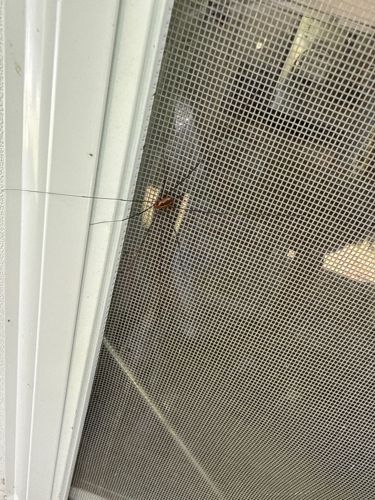German Cockroach
Scientific Name: Blattella germanica
Order & Family: Blattodea, Ectobiidae (formerly Blattellidae)
Size: Typically 1.1 to 1.6 cm (0.43 to 0.63 in) long.

Natural Habitat
Primarily indoor environments, preferring warm, humid, and dark places such as kitchens, bathrooms, basements, and areas near food sources. They are often found in cracks and crevices, behind appliances, and inside cabinets.
Diet & Feeding
Omnivorous, eating almost anything, including food scraps, grease, pet food, and even non-food items like soap, glue, or toothpaste when food is scarce.
Behavior Patterns
They are nocturnal and prefer dark, moist environments. They are known for being very fast runners. They can fit through very small cracks and crevices. They reproduce quickly, with females laying egg capsules (oothecae) containing multiple eggs.
Risks & Benefits
Risks: German cockroaches are significant pests. They can spread bacteria (like Salmonella and E. coli), viruses, and parasites, contaminating food and surfaces. Their droppings and shed skins can trigger allergies and asthma, especially in children. They are notoriously difficult to eradicate due to their rapid reproduction and ability to hide. Benefits: None for humans; in natural ecosystems, they play a minor role as decomposers.
Identified on: 9/3/2025